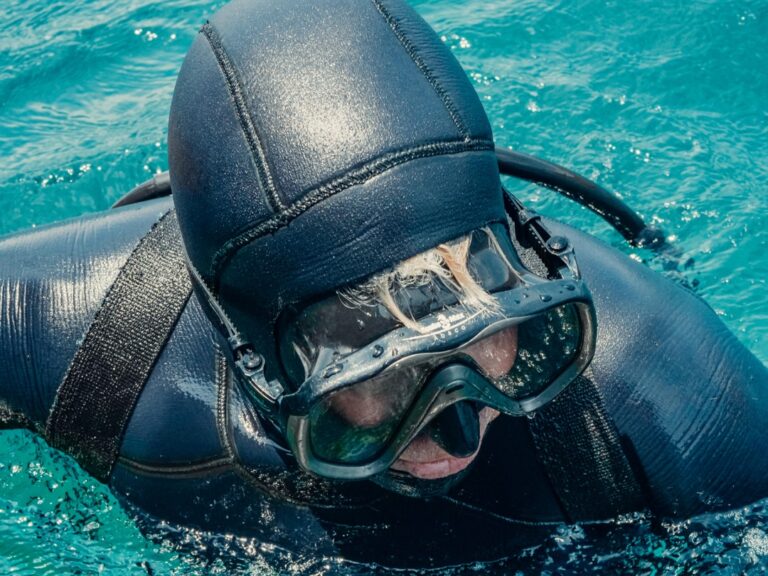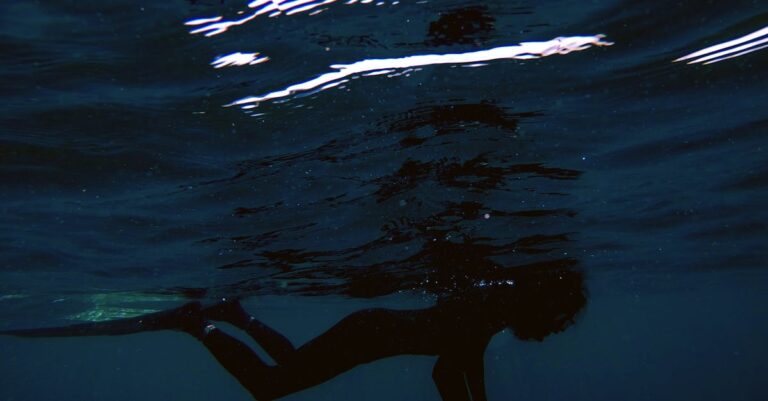5 Best Sonar Devices for Locating Lost Objects Underwater That Pros Recommend
Discover the best sonar devices for locating lost underwater objects, featuring top picks, essential features, and tips for effective scanning and safety.
If you’ve ever lost something valuable underwater, you know how frustrating it can be. The right sonar device can turn that search into a successful recovery, making it easier than ever to locate lost objects beneath the surface. In this guide, you’ll discover the best sonar devices that combine cutting-edge technology with user-friendly features to help you reclaim your treasures.
Disclosure: As an Amazon Associate, this site earns from qualifying purchases. Thank you!
Garmin Striker 4
See fish and navigate easily with this sonar device featuring a waypoint map and crisp CHIRP sonar for better target separation. Its keyed interface and built-in flasher are ideal for various fishing styles, including kayak and ice fishing.
Garmin Striker 4 offers excellent clarity with its bright 4.3-inch display. This device features built-in GPS and CHIRP sonar technology that helps you locate lost items up to 1,600 feet deep. It’s user-friendly, making it great for both beginners and experienced divers.
Lowrance Hook Reveal
Lowrance Hook Reveal provides high-resolution images for effortless navigation and search. It includes features like FishReveal and built-in mapping, which can locate lost objects in lakes or coastal waters effectively. Its SolarMax display offers visibility even in bright sunlight.
Deeper PRO+
Find fish faster with this sonar's pinpoint accuracy up to 330ft. Create bathymetric maps easily via built-in GPS and the Fish Deeper app.
Deeper PRO+ is a portable, castable sonar that connects to your smartphone. It is ideal for shallow and deep waters, detecting objects at depths of up to 260 feet. With its steady Wi-Fi connection, you can easily monitor underwater activity and locate lost items efficiently.
Humminbird HELIX 7 CHIRP
Find fish faster with the HELIX fish finder's clear CHIRP Down Imaging and Dual Spectrum CHIRP sonar. Navigate confidently using the internal GPS with Humminbird Basemap, and create custom maps with AutoChart Live.
Humminbird HELIX 7 CHIRP stands out with its large display and advanced sonar capabilities. Featuring Side Imaging and Down Imaging, this device is perfect for detailed searches. It’s particularly useful in lakes and rivers with varying depths.
ANDEAN QR-LITE Portable Sonar
ANDEAN QR-LITE is a compact, budget-friendly option with straightforward use. You can easily take it on your travels, making it a great companion for beach trips. Its integrated rechargeable battery is an added convenience, making recovery easier for casual outings.
When choosing a sonar device, consider the specific water conditions where you plan to search. Be sure to check compatibility with your smartphone or tablet for a more integrated experience. Always respect the environment while exploring underwater, and be mindful of marine life in your search for those lost treasures.
Key Features to Consider in Sonar Devices
When selecting a sonar device for locating lost objects underwater, understanding key features can significantly enhance your success rate. Here’s what to focus on:
Frequency Range and Resolution
Consider the frequency range carefully. Low frequencies provide longer detection ranges but deliver lower resolution. In contrast, high frequencies offer superior imaging but at shorter distances. For instance, sonar devices like the Kongsberg EM2040 operate at 200-400 kHz, ensuring sub-decimetre resolution for precise location findings. If you need versatility, look for dual-frequency options that adjust to varying conditions for effective results.
Beam Angle and Coverage
Pay attention to beam angle and coverage. Wider beam angles allow you to scan larger areas, making it easier to locate lost items quickly. Devices with adjustable beam settings can help adapt to different depths and underwater landscapes. For example, a device with a 120-degree beam angle will cover more than a 30-degree beam, enhancing your searching efficiency. This feature is especially beneficial when exploring rocky or cluttered environments.
Portability and Battery Life
Evaluate portability and battery life. If you frequently venture out for day trips, lightweight and compact devices will serve you well. Look for models with long battery life; some can last up to 10 hours on a single charge, ensuring you don’t miss out on locating valuable items. Portability is crucial when engaging in hiking, diving, or kayaking excursions. Devices like the Deeper PRO+ are popular for their easy connectivity and compact form.
User Interface and Ease of Use
Prioritize user interface and ease of use. Intuitive controls along with a clear display make navigation simple. You want a sonar device that allows you to focus on your search, not fumbling with complicated settings. Features like touch screens or dedicated user-friendly apps can provide instant access to essential functions. A device with a well-designed interface enhances your overall experience, letting you enjoy every moment on the water without hassles.
Tips for Using Sonar Devices Effectively
Maximizing the effectiveness of your sonar device is crucial for locating lost treasures underwater. Here are some essential tips to get you started.
Best Practices for Scanning
- Start slowly: Move your sonar device steadily across the area you’re searching. Quick movements can miss valuable readings.
- Cover all angles: Alternate the direction of your scans—try zigzag patterns to ensure comprehensive coverage.
- Choose the right depth: Adjust the depth settings based on the water body you’re in. Shallow lakes might require different settings compared to deeper ocean floors.
- Look for shapes: Learn to identify common shapes that might indicate objects of interest, like the outline of a boat or gear.
- Understand the signals: Recognize that distinct signals often correspond to varying materials—hard surfaces appear differently than soft ones.
- Monitor changes: Keep an eye out for sudden differences in the readings, which may suggest an object or terrain change beneath the surface.
Conclusion
Choosing the right sonar device can make all the difference in recovering lost items underwater. With advanced features and user-friendly designs, the options available today cater to various needs and budgets. Whether you’re a casual explorer or a serious diver, investing in a quality sonar unit can enhance your underwater experience.
Remember to consider factors like frequency range, portability, and battery life when making your selection. With the right device in hand and the tips shared in this article, you’ll be well-equipped to navigate the depths and reclaim your treasures. Enjoy your underwater adventures while respecting the environment and prioritizing safety. Happy searching!









